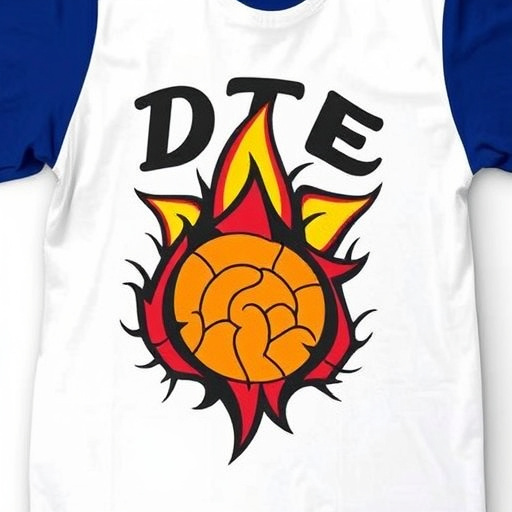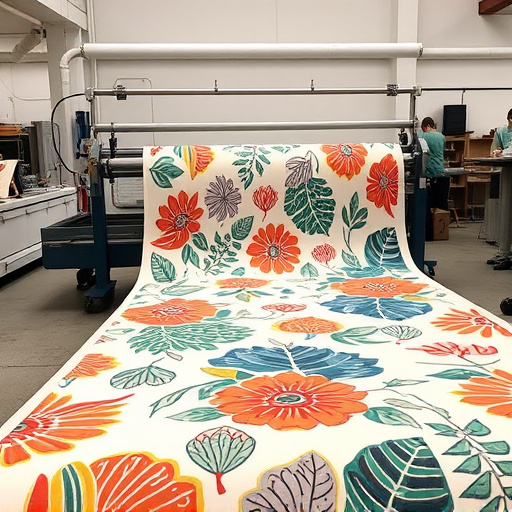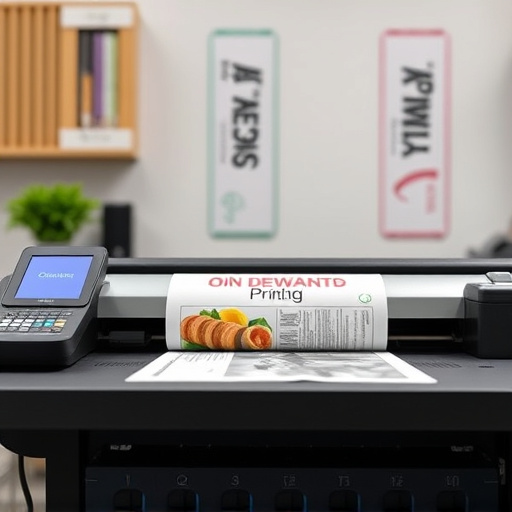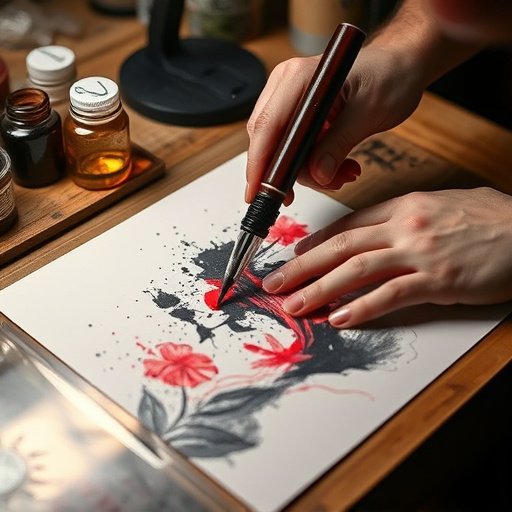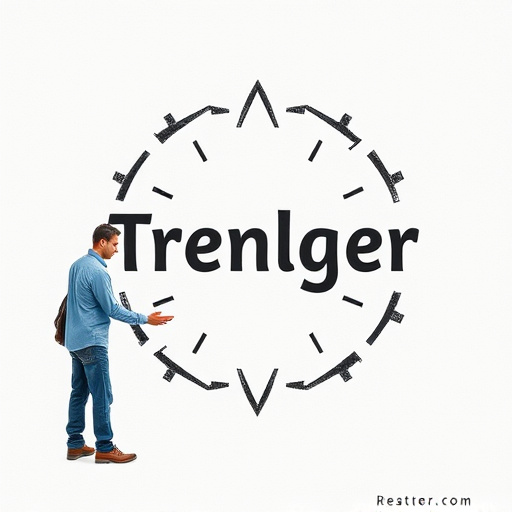Fashion brands adopt DTF Fast Delivery (Direct-to-Fabric Transfer) technology to streamline production and stay competitive in the fast-paced market. By directly printing designs onto fabric, DTF cuts production time significantly, enabling swift adaptation to trends and customer preferences. This method enhances efficiency, reduces lead times, and ensures timely order fulfillment for both regular collections and limited-edition releases.
In today’s fast-paced fashion industry, reliable fast delivery is paramount. Direct-to-consumer (DTF) delivery models have emerged as a game-changer, offering brands a strategic advantage in meeting rising consumer expectations. This article delves into the world of DTF fast delivery, explaining its benefits and implementation strategies for fashion brands looking to stay competitive. Discover why choosing DTF is a smart move for ensuring timely and efficient order fulfillment.
- Understanding DTF: Fast Delivery Explained
- Benefits for Fashion Brands: Why Choose DTF?
- Implementing DTF: Strategies for Reliable Delivery
Understanding DTF: Fast Delivery Explained

In today’s fast-paced fashion industry, meeting delivery deadlines is paramount for brands to stay competitive. This is where DTF (Direct to Fabric) printing steps in as a game-changer. DTF offers an efficient solution for quick production and reliable DTF fast delivery, allowing brands to get their designs from concept to customer in record time.
Unlike traditional printing methods, which can be laborious and time-consuming, DTF prints directly onto fabric using specialized printers (DTF printer). This streamlined process eliminates unnecessary steps, reducing production time significantly. As a result, fashion brands can respond swiftly to market trends, seasonal demands, or even sudden changes in consumer preferences, ensuring they always deliver the latest styles straight to their customers’ doors.
Benefits for Fashion Brands: Why Choose DTF?
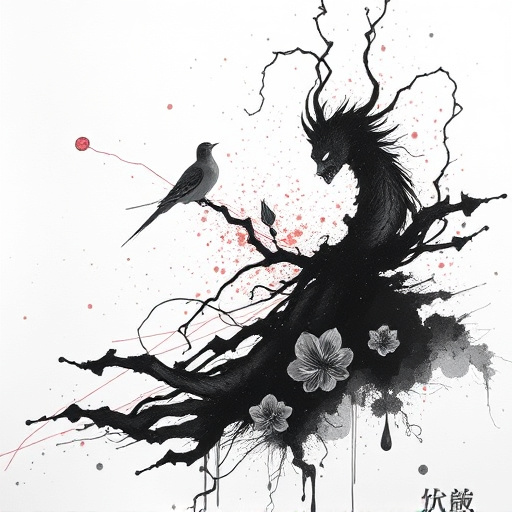
Fashion brands are increasingly recognizing the value of DTF Fast Delivery (Direct-to-Fabric Transfer) as a game-changer in their supply chain. This technology offers numerous benefits, especially when it comes to meeting the demanding needs of modern retail markets. By adopting DTF, brands can streamline their production processes and significantly enhance their ability to deliver customized, on-trend designs to customers promptly.
One of the key advantages is its versatility with dtf printing for light fabrics, allowing brands to work with a wide range of materials without compromising quality. The use of dtf transfer sheets and dtf transfers enables efficient production runs, reducing lead times and ensuring that hot trends can be quickly translated into physical products. This agility is crucial in keeping up with ever-changing fashion trends and consumer demands, positioning brands for success in the competitive fast-fashion landscape.
Implementing DTF: Strategies for Reliable Delivery
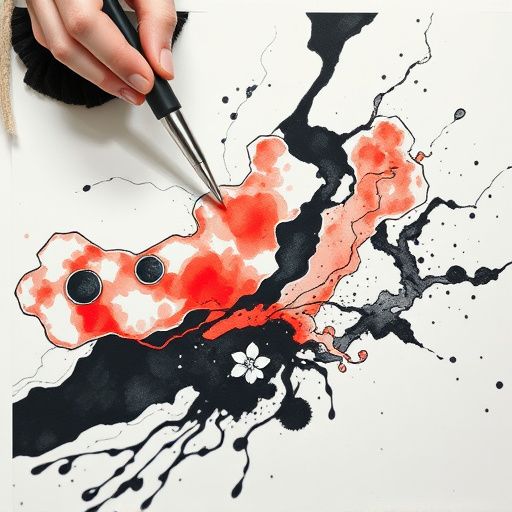
Implementing DTF (Direct-to-Garment) printing strategies ensures reliable and fast delivery for fashion brands. By streamlining the production process, brands can offer timely orders, a key advantage in the competitive apparel market. This method allows for precise, high-quality designs applied directly onto garments, eliminating the need for intermediate steps like heat pressing with custom sheets.
For t-shirts and other DTF-compatible apparel, brands can benefit from efficient printing techniques, minimizing production time without compromising on quality. This approach is especially beneficial for meeting last-minute order demands or swiftly releasing limited-edition collections, ensuring customers receive their desired items promptly.
Fashion brands are increasingly recognizing the benefits of adopting Direct-to-Consumer (DTF) strategies, particularly for fast and reliable delivery. By cutting out intermediaries, DTF enables brands to have greater control over their supply chain, leading to faster turnaround times and enhanced customer satisfaction. This approach is especially valuable in today’s fast-paced fashion industry, where consumers expect instant gratification. Implementing DTF requires careful planning and strategic partnerships but ultimately positions brands for success in a competitive market by delivering what customers want, when they want it.


